
Information on Tremors
A tremor is an unintentional movement of a muscle and it can occur in virtually any part of the human body. It involves rhythmic movement and oscillations and it usually affects the hands. Other common parts which get affected by tremors quite often include arms, legs, head, trunk, vocal cords and face. A tremor can also be a symptom and an indicator of some underlying neurological disorder. It is not a serious medical condition and in some cases it may be quite embarrassing. Tremors get triggered because of certain problems in the parts of the brain which control the affected muscles. Medical conditions which are known for causing tremors include multiple sclerosis, numerous neurodegenerative diseases, traumatic brain injury and stroke. It can also be triggered by certain medications, liver failure, alcohol abuse, overactive thyroid and mercury poisoning. Tremors can also be hereditary. Tremors may be characterized by certain symptoms such as rhythmic shaking in the hands, trunk, arms, legs or head. Sometimes they may be so intense that a person is unable to perform the simplest tasks of the daily routine. Tremors may occur in any age, they may be temporary and they may also be associated with certain emotional issues. Static tremor is one of the types of tremors and it commonly affects those who suffer from Parkinson’s disease. An action tremor is another type of tremor which also can be divided into different classes. It only occurs when a body part is in motion. It can be divided into postural tremor, kinetic tremor, task-specific tremor and isometric tremor.
Different Categories of Tremors
An essential tremor is the most common type of tremor and it is commonly not associated with any type of pathology. A Parkinsonian tremor is associated with certain brain structure damage and it commonly leads to the development of Parkinson’s disease. Dystonic tremor affects all those who suffer from dystonia which is a very severe medical condition and a movement disorder with involuntary muscle contractions. Cerebral tremor is one of the slower types of tremors and it commonly occurs at the end of certain purposeful movements. It is commonly triggered by damaged cerebellum or even lesions. Another type of tremor is a psychogenic tremor and it is sometimes referred to as the hysterical tremor. Its incidence commonly gets increased by stressful situations and it can be accompanied by conversion disorder. Other types of tremor include an orthostatic tremor and physiological tremor. Tremors may also be triggered by alcohol abuse, as it kills the nerve cells.



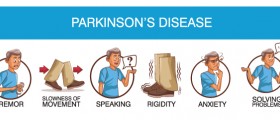
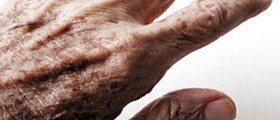


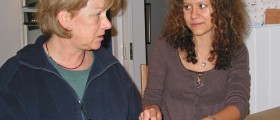
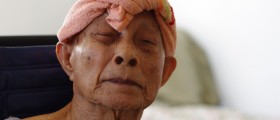
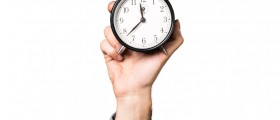







Your thoughts on this
Loading...